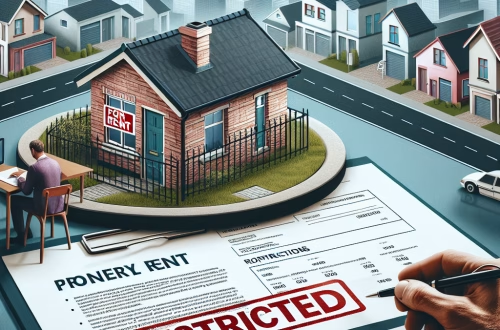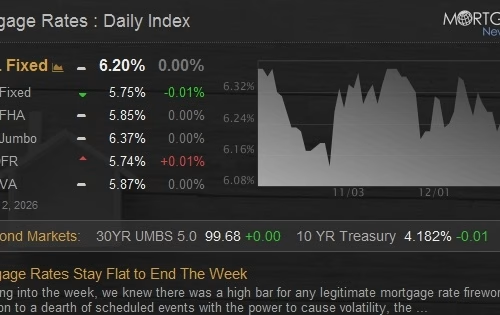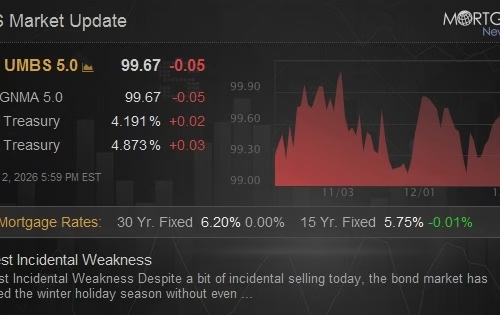Summary:
Refinancing from an Adjustable-Rate Mortgage (ARM) to a Fixed-Rate Mortgage can provide stability and predictability in your monthly payments, which is especially beneficial in a rising interest rate environment. This article explores the key considerations, including the financial advantages, potential challenges, and eligibility requirements. Whether you’re a homeowner, business owner, or investor, understanding whether this refinancing move aligns with your long-term goals is crucial. By making an informed decision, you can avoid financial pitfalls and secure a mortgage that fits your needs.
What This Means for You:
- Lock in a stable interest rate, protecting yourself from future rate hikes.
- Gain peace of mind with predictable monthly payments for the life of your loan.
- Potentially save money if current fixed rates are lower than your ARM’s future adjustments.
- Be cautious of closing costs and ensure the long-term benefits outweigh the expenses.
Should I Refinance From an ARM to a Fixed Rate?:
”Should I Refinance From an ARM to a Fixed Rate?” Explained:
Refinancing from an ARM to a Fixed-Rate Mortgage involves replacing your existing adjustable-rate loan with a new mortgage that has a fixed interest rate for the entire term. ARMs typically start with a lower introductory rate, but after the initial fixed period, the rate adjusts periodically based on market conditions. A Fixed-Rate Mortgage, on the other hand, offers consistent interest rates and monthly payments, regardless of market fluctuations. This move is particularly appealing when interest rates are expected to rise or when homeowners seek financial stability.
In today’s market, where interest rates are volatile, refinancing to a fixed rate can help homeowners lock in low rates and avoid the uncertainty of future adjustments. This strategy is especially beneficial for those planning to stay in their homes long-term, as it provides predictability and safeguards against rising costs. However, it’s essential to evaluate your financial situation, including your credit score, equity, and long-term goals, before making the switch.
“Should I Refinance From an ARM to a Fixed Rate?” Types:
When considering refinancing, it’s important to compare the different types of fixed-rate mortgages available. Common options include the 15-year and 30-year fixed-rate mortgages. A 15-year mortgage typically offers lower interest rates but higher monthly payments, allowing homeowners to build equity faster and pay off their loan sooner. A 30-year mortgage, on the other hand, provides lower monthly payments but extends the loan term, resulting in more interest paid over time.
Additionally, government-backed loans like FHA (Federal Housing Administration) and VA (Veterans Affairs) offer fixed-rate refinancing options with unique benefits, such as lower down payments or no private mortgage insurance requirements. Conventional fixed-rate loans are another popular choice, especially for those with strong credit. Each option has its pros and cons, so it’s crucial to assess your financial goals and choose the mortgage that best aligns with your needs.
Requirements of “Should I Refinance From an ARM to a Fixed Rate?”:
Eligibility for refinancing depends on several factors, including your credit score, income, and home equity. Lenders typically require a credit score of at least 620, though higher scores may qualify for better rates. You’ll also need sufficient equity in your home, often 20% or more, to avoid private mortgage insurance (PMI). Additionally, lenders will evaluate your debt-to-income ratio (DTI) to ensure you can manage the new mortgage payments.
It’s also essential to consider your current financial situation, such as whether you’ve experienced any significant changes in income or employment. Before applying, gather necessary documents, including pay stubs, tax returns, and bank statements, to streamline the process. Meeting these requirements increases your chances of approval and securing favorable terms.
“Should I Refinance From an ARM to a Fixed Rate?” Process:
The refinancing process begins with pre-approval, where you submit a preliminary application to determine your eligibility and potential rates. Once pre-approved, you’ll complete a formal loan application, providing detailed financial information. The lender will then initiate underwriting, reviewing your credit, income, and home value to assess risk.
Next, an appraisal of your property will be conducted to determine its current market value. This step ensures the loan amount aligns with the home’s worth. After underwriting and appraisal are complete, you’ll receive a loan estimate detailing the terms and closing costs. Finally, you’ll attend the closing meeting, sign the necessary paperwork, and officially refinance your mortgage. The entire process typically takes 30 to 45 days, though timelines can vary.
Choosing the Right Finance Option:
When deciding to refinance, consider several key factors, including the current interest rates, loan terms, and your long-term financial goals. Compare offers from multiple lenders to secure the best rate and terms. Additionally, evaluate the lender’s reputation and customer service, as a trustworthy lender can make the process smoother.
Market conditions also play a significant role in your decision. If interest rates are expected to rise, locking in a fixed rate can save you money over time. However, if rates are low and you plan to move soon, refinancing may not be worthwhile. Be cautious of red flags, such as high closing costs or lenders who pressure you into unfavorable terms. Taking the time to research and compare options ensures you make a well-informed decision.
People Also Ask:
1. Is it better to refinance from an ARM to a fixed rate now? If interest rates are low or expected to rise, refinancing to a fixed rate can provide financial stability and long-term savings.
2. What are the disadvantages of refinancing to a fixed rate? Closing costs can be high, and if you plan to move soon, the benefits may not outweigh the expenses.
3. How much does it cost to refinance from an ARM to a fixed rate? Costs typically range from 2% to 6% of the loan amount, including appraisal fees, title insurance, and closing costs.
4. Can I refinance if my credit score is low? While possible, you may face higher interest rates or stricter approval requirements. Improving your credit score beforehand is advisable.
5. How long does the refinancing process take? The process usually takes 30 to 45 days, depending on the lender and your financial situation.
Extra Information:
Consumer Financial Protection Bureau – A reliable resource for understanding mortgage options and refinancing processes. Bankrate – Offers tools to compare current mortgage rates and refinancing options. FHA.com – Provides detailed information on FHA refinancing programs and eligibility criteria.
Expert Opinion:
Refinancing from an ARM to a Fixed-Rate Mortgage is a strategic move for homeowners seeking stability in their financial planning. However, it’s essential to carefully evaluate your financial situation, current market conditions, and long-term goals to ensure this decision aligns with your needs. Consulting with a mortgage advisor can provide personalized insights and help you make the best choice.
Key Terms:
- refinance ARM to fixed rate
- fixed-rate mortgage benefits
- ARM vs. fixed-rate mortgage
- refinancing closing costs
- lock in low interest rates
- home equity refinancing
- predictable mortgage payments
*featured image sourced by Pixabay.com
Automatic Mortgage Calculator
Welcome to our Automatic Mortgage Calculator 4idiotz! Please just add your figures in the correct sections below and the Automatic Mortgage Calculator will automatically calculate the results for you and display them at the bottom of the page.




